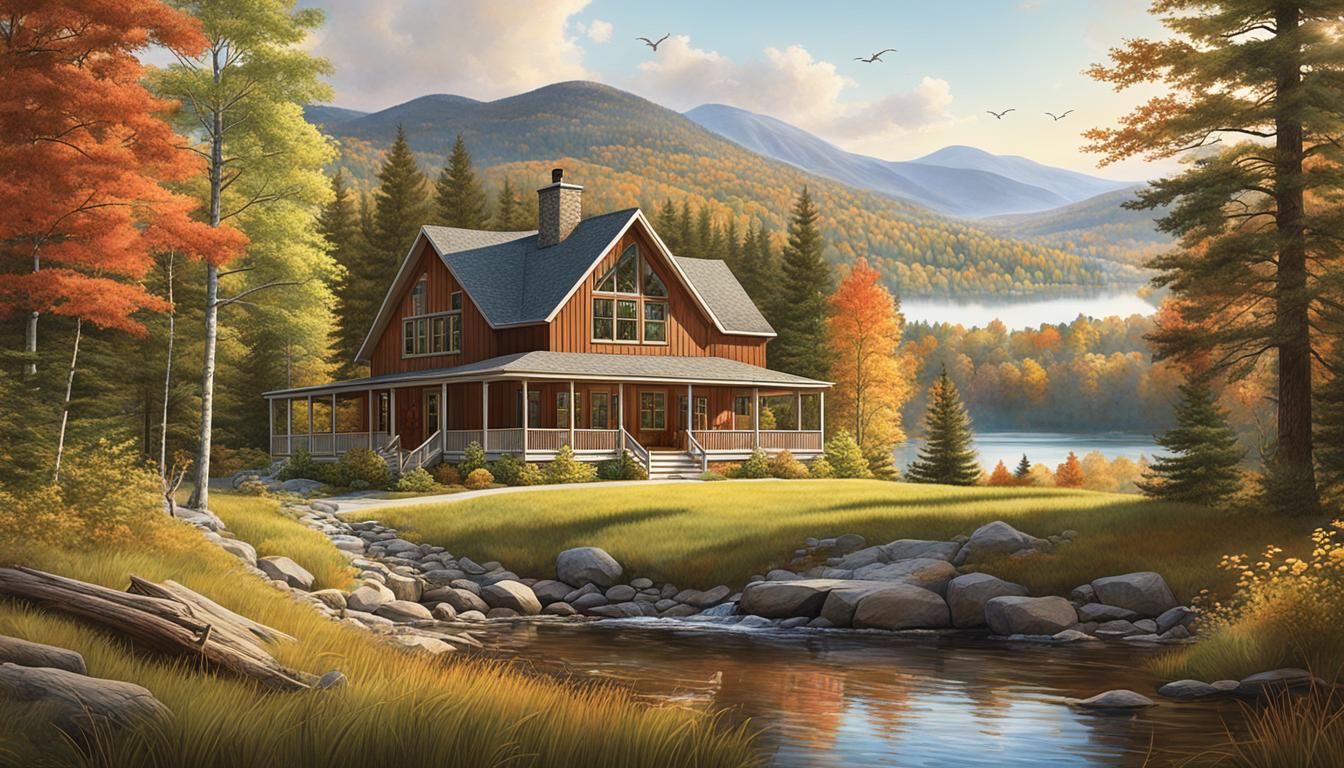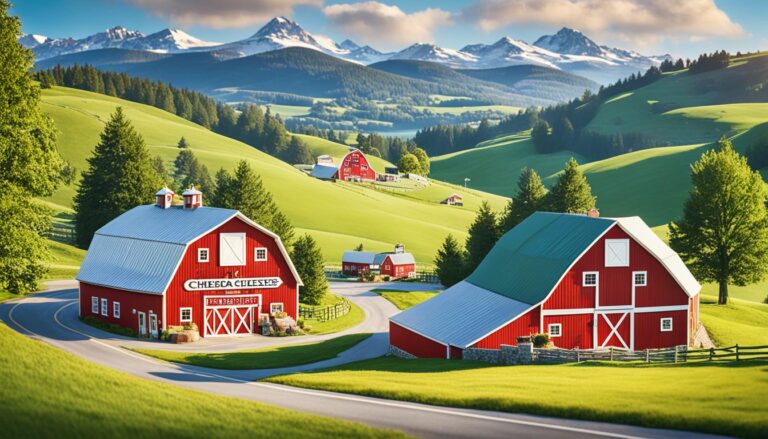Wild Vermont: A Guide to Exploring Wildlife Sanctuaries
Vermont, in its heart, showcases a range of wildlife sanctuaries. They give nature lovers a chance to see the state’s natural beauty up close. You’ll find the big and proud moose in the Northeast Kingdom. And in the Champlain Valley, witness the breathtaking snow geese migration. They all tell a story of the state’s rich biodiversity. But what hidden gems lie in these nature preserves, and how do you make the most of your visit for an unforgettable wildlife experience?
Key Takeaways
- Vermont’s wildlife sanctuaries provide a unique chance to witness a diverse array of species in their natural habitats.
- From the majestic moose in the Northeast Kingdom to the stunning snow goose migration in the Champlain Valley, these sanctuaries showcase Vermont’s incredible biodiversity.
- Visitors can witness the aerial displays of steelhead trout, hear the symphony of spring songbirds, and spot the vibrant waterfowl that call these habitats home.
- This guide will explore the best wildlife-watching destinations in Vermont, providing insider tips and must-see experiences.
- Embracing the call of the wild in Vermont can forge a deeper connection with the natural world and appreciate the importance of conservation efforts.
Discover the Wonders of Vermont’s Natural Habitats
Vermont’s wildlife sanctuaries are special places. They let visitors see many different species in their own homes. You can see the amazing moose of the Northeast Kingdom or watch the snow goose migration in the Champlain Valley. These areas show the great variety of life in the Green Mountain State.
From Moose in the Northeast Kingdom to Snow Geese in the Champlain Valley
The Northeast Kingdom is great for seeing moose. The best time is early morning after it’s rained in late spring or summer. In the Champlain Valley, witness a huge bird migration event. Thousands of snow and Canada geese arrive in the wetlands and cornfields near Dead Creek. It’s an awe-inspiring site.
Exploring the Diversity of Vermont’s Wildlife Sanctuaries
Wildlife sites in Vermont are not only in the Northeast Kingdom and Champlain Valley. The state has many protected areas with their own special wildlife. For example, you can watch steelhead trout jumping at Willoughby Falls in spring. Or listen to the loons around the ponds and lakes. Don’t miss the chance to visit Missisquoi National Wildlife Refuge too. This is an important wetland that you can explore by kayak. Here, you might see herons, wood ducks, and the rare spiny softshell turtle.
Vermont Wildlife Sanctuaries: A Treasure Trove of Natural Encounters

Finding a rutting bull moose in Vermont’s Northeast Kingdom is a top goal. You can see them in the region’s bogs and wetlands. Places to spot them include West Mountain, Wenlock, and Victory Basin Wildlife Management Areas, and Conte National Wildlife Refuge. The best time is early morning after rain in late spring and summer. Be careful, as moose can be dangerous, especially during the rutting season or if they have calves.
Witnessing the Massive Goose Migration at Dead Creek
Dead Creek Wildlife Management Area is a key spot every fall. It hosts the snow goose and Canada goose migration. These birds travel 5,000 miles from the Arctic to the South and stop at Dead Creek. The best times to see them are right after sunrise and just before sunset, at the viewing spot on Route 17. Spring and fall are the best seasons to witness this migration spectacle.
Getting Splashed by Steelhead Trout Jumping Up Willoughby Falls
In the spring at Willoughby River in Northeast Kingdom, something amazing happens. The steelhead rainbow trout leap up Willoughby Falls. Late April to early May, adult trout make their way upriver. They jump in the pools below the falls. Visitors sometimes get splashed by the leaping fish. This event lasts less than 10 days and is a great experience for nature lovers.
Immerse Yourself in Nature’s Symphony

Spring in Vermont sings loudly with the voices of songbirds. The hermit thrush’s flute-like song joins the robin’s tune. It makes the forests and fields dance with life. For bird lovers, the perfect time to enjoy this concert is before 10 am. Head to the Lake Champlain areas through Vermont State Parks for a wonderful spring experience.
Being the First to Spot a Migrating Hawk from Atop Mt. Philo
Vermont welcomes many hawks, owls, and eagles during migration. You can see them at Mt. Philo State Park in Charlotte. The 968-foot peak overlooks Champlain Valley and the Adirondacks, offering a great view. The hawk migration lasts from September through November. Warm, clear days in autumn are your best chance to see them flying south.
Listening as a Loon Call Breaks the Silence of a Vermont Pond
The loon’s call is a very Vermont sound. Though almost gone, they’re back. But visitors should keep a distance, especially when they have chicks. You might find them in many wilderness-surrounded ponds during summer. The dawn and dusk are the best times to hear their calls echo.
Seeing the Multitude of Colors on the Waterfowl at Dead Creek
Dead Creek is a birdwatcher’s dream, with ducks and geese stealing the show. Look for wood ducks that are brightly colored. And, enjoy the dazzling flashes of mallards and teal. In spring and fall, between trips from mid-March to late-April, head to the Route 17 area or Brilyea Road. It’s a perfect time to see them next to the ponds.
Conclusion: Embrace the Call of the Wild in Vermont
Vermont’s wildlife sanctuaries let nature fans dive into the state’s beauty. They can see the majestic moose in the Northeast Kingdom or the stunning snow geese at Champlain Valley. These areas show off Vermont’s amazing natural variety.
At each sanctuary, you can see cool things like steelhead trout jumping. Or, you might hear beautiful spring birds singing. You could even see bright waterfowl at Dead Creek. These places offer unique chances to watch wildlife. They help people feel closer to nature and understand why saving it is crucial.
Vermont’s wildlife sanctuaries are hidden treasures. They give people the chance to see many different animals in the wild. From moose to snow geese, each area is full of diverse wildlife. Exploring here means making memories. It also helps visitors see why Vermont is a great place for nature lovers.







